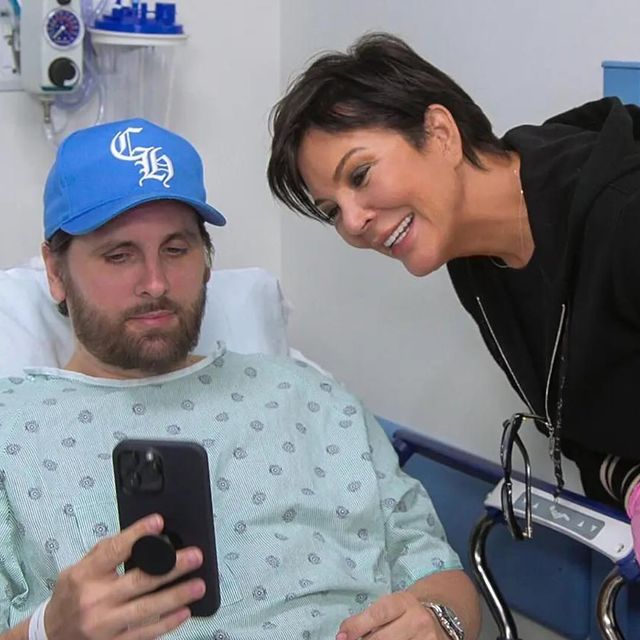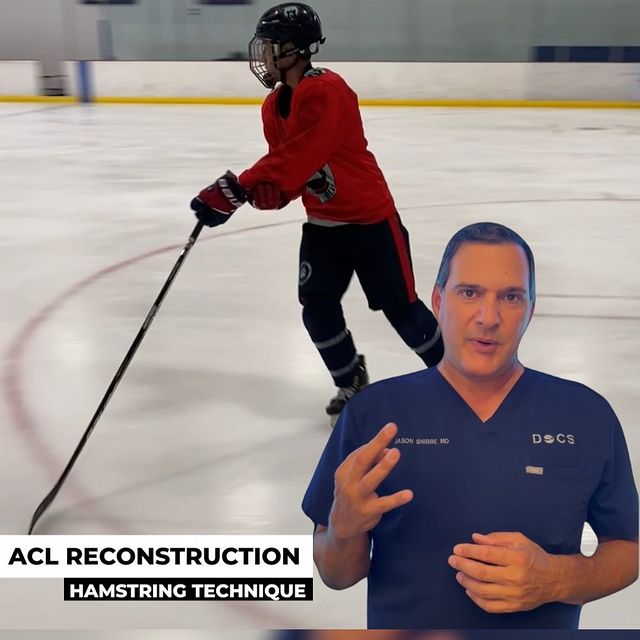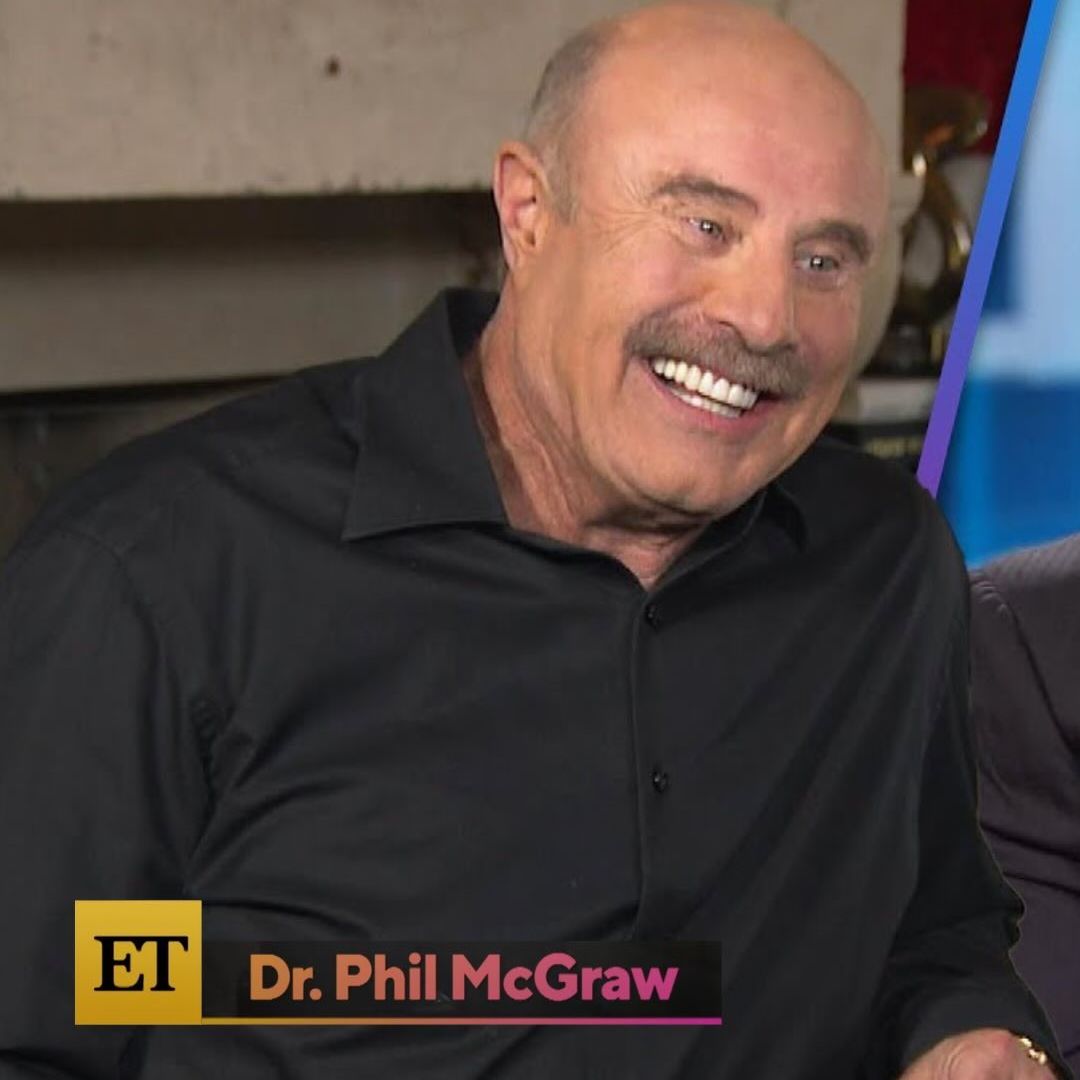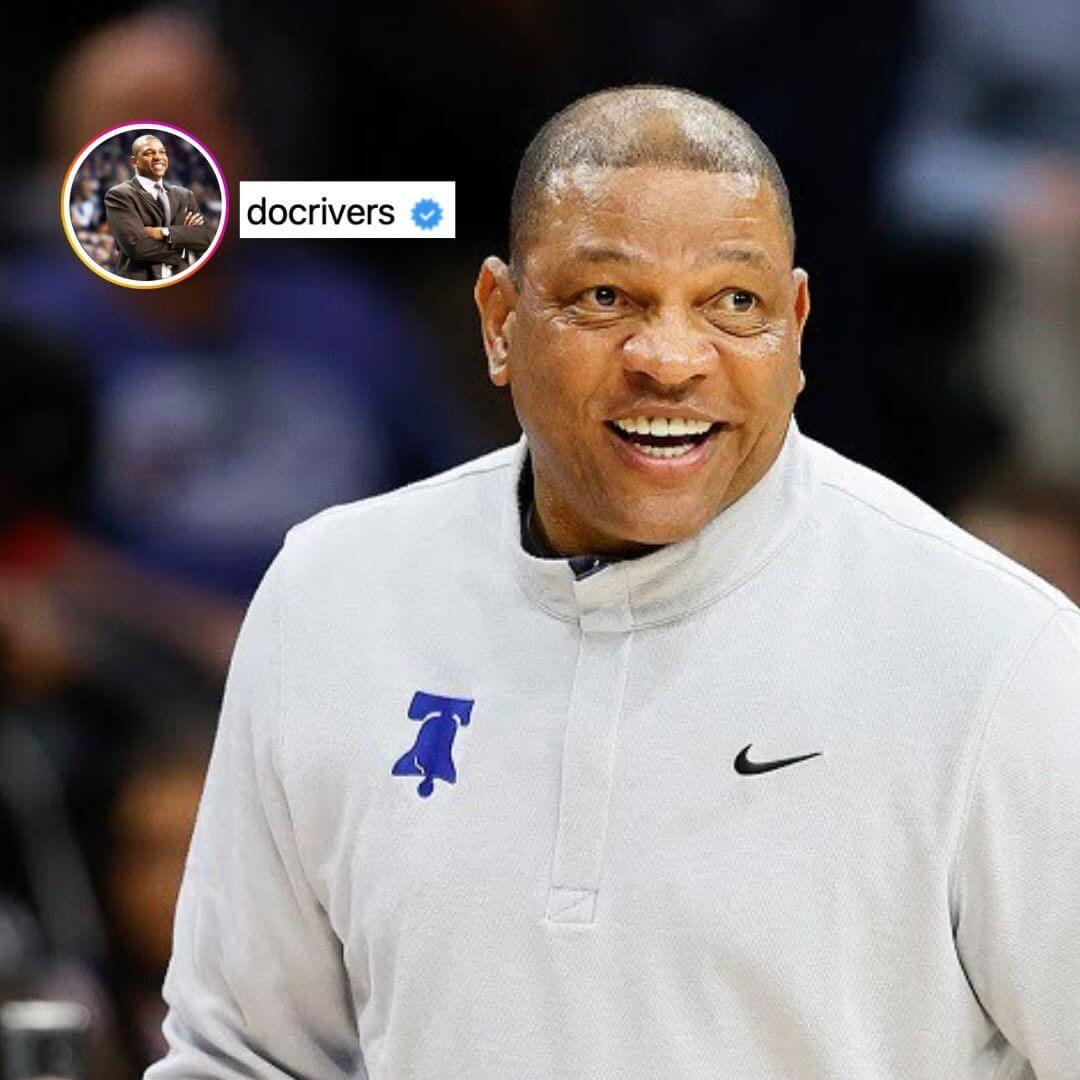Patella Dislocation / Subluxation
The patella (kneecap) glides in a groove as the knee flexes and extends. Some people have hyperlaxity or instability of the kneecap, which results in the patella slipping out of its groove (subluxation). Many people who suffer dislocation of the patella have a history of trauma; or the patella may be naturally tilted, making it more prone to slip out of the groove.
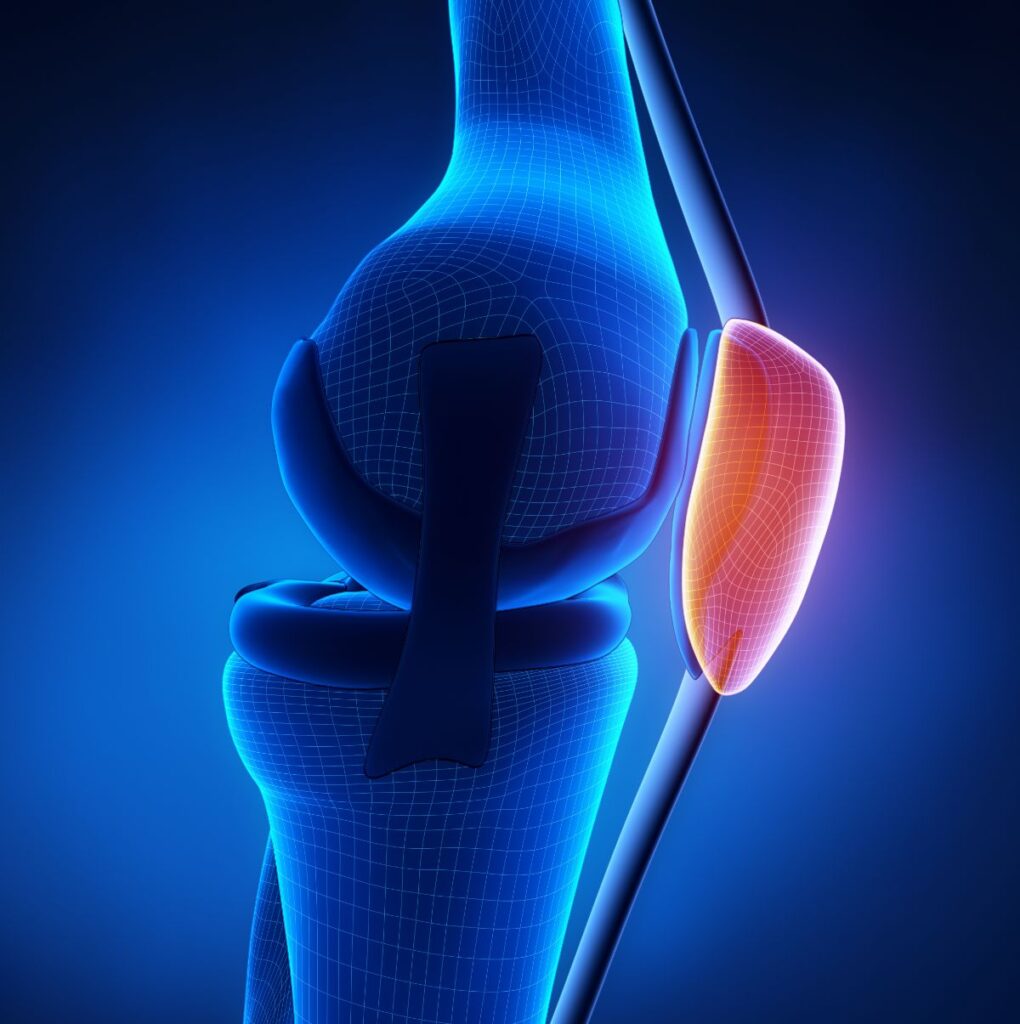
Dislocated Patella
Patients who have dislocated the patella describe severe pain and report an audible pop and occasional deformity of the kneecap. The patella commonly returns to its normal position spontaneously. Patients describe the kneecap as feeling unstable when doing physical exercise involving squatting and lateral motion. Patients also complain of anterior knee pain and pain walking down stairs.
The initial treatment for a patellar dislocation is splinting the patient with the knee fully extended. Application of ice and NSAIDs (non-steroidal anti-inflammatories, such as ibuprofen, Advil, Aleve, etc.) is recommended during the first 24–72 hours of an acute episode. Once the initial pain has resolved, physical therapy is started to work on range of motion and strengthening of kneecap stabilizing muscles such as the quadriceps.
Patients with recurrent dislocations despite physical therapy may require surgical intervention.

